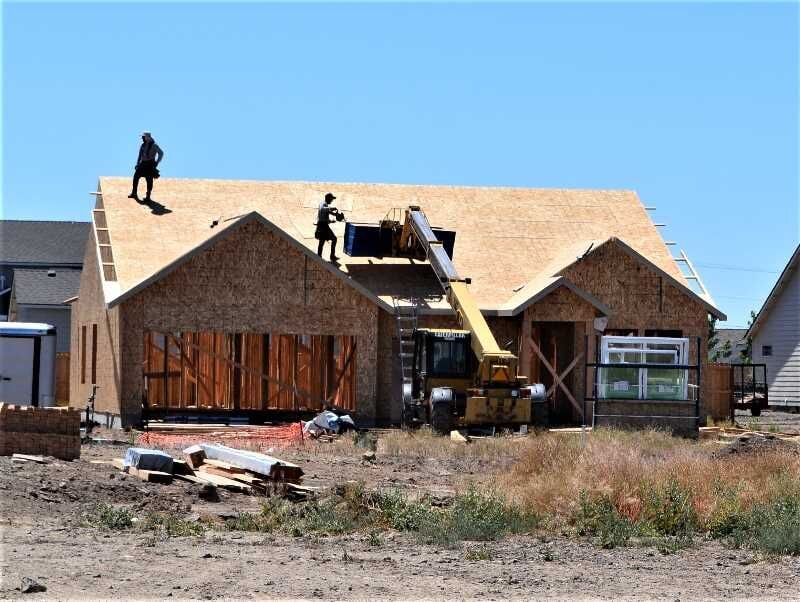Madras adopts updated housing action plan to guide five-year development strategy
Published 9:45 am Friday, May 30, 2025
The Madras City Council has approved the city’s 2025 Housing Action Plan, a non-regulatory roadmap intended to guide local housing decisions over the next five years. The plan sets a goal of adding 280 new homes between 2025 and 2030 and identifies strategies to address the city’s rising housing costs and limited affordable options.
The updated plan builds on the city’s 2018 Housing Action Plan, which contributed to a boost in housing development. Between 2019 and 2023, Madras added 419 housing units—an average of 82 units per year. The report cites the establishment of a Housing Urban Renewal District, incentives for developers, and city code process streamlining with the success.
Despite success under the previous plan, 2024 saw housing production slow to nearly zero. The report cites the difficult hosing market for the dramatic drop.
The 2025 update was developed with assistance from ECONorthwest and incorporates data from the city’s 2023 Housing Capacity Analysis, a zoning code review, financial incentive analysis, stakeholder interviews, and feedback from the City Council and Planning Commission.
Targeting affordability and diverse housing types
According to the plan, nearly two-thirds of the 280 units needed over the next five years should be affordable to low-income households, defined as those earning less than 80% of median family income. Production goals include:
179 units for households earning under 80% MFI
40 units for those earning between 80% and 120% MFI
61 units for households above 120% MFI
The plan also emphasizes the need for a range of housing types. Goals include 154 single-family detached units, 20 townhouses, 56 plexes (duplexes, triplexes, quadplexes), and 50 multi-dwelling units.
The plan identifies four strategic priorities: Encouraging production of a mix of housing options, supporting development of manufactured housing communities, supporting low- and middle-income households in attaining homeownership, maintaining existing low-cost housing without displacing residents.
It also identifies the next step the city will take to support the production of more housing. These steps include updating zoning regulations to allow more flexible lot sizes and revise housing mix requirements for master-planned developments, adjusting the HURD incentives and system development charges to better align with affordable housing types, partnering with developers of manufactured housing communities to seek financing for affordable rental options, identifying funding to continue programs like the NeighborImpact Energy Assistance Program.
The final version of the plan reflects changes made after council feedback in March and May. The city’s Community Development Department will now lead implementation efforts in collaboration with other departments and regional partners.






